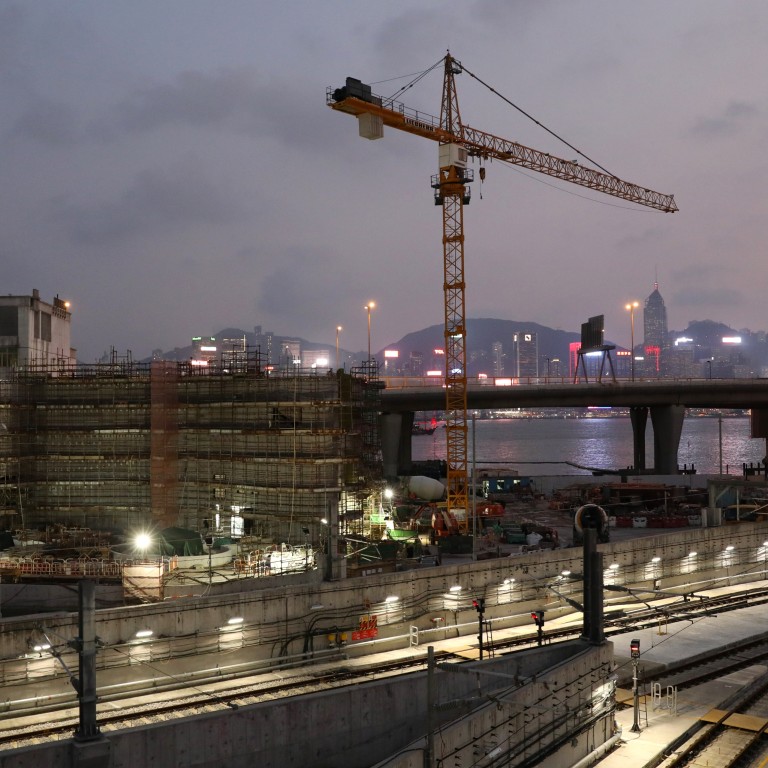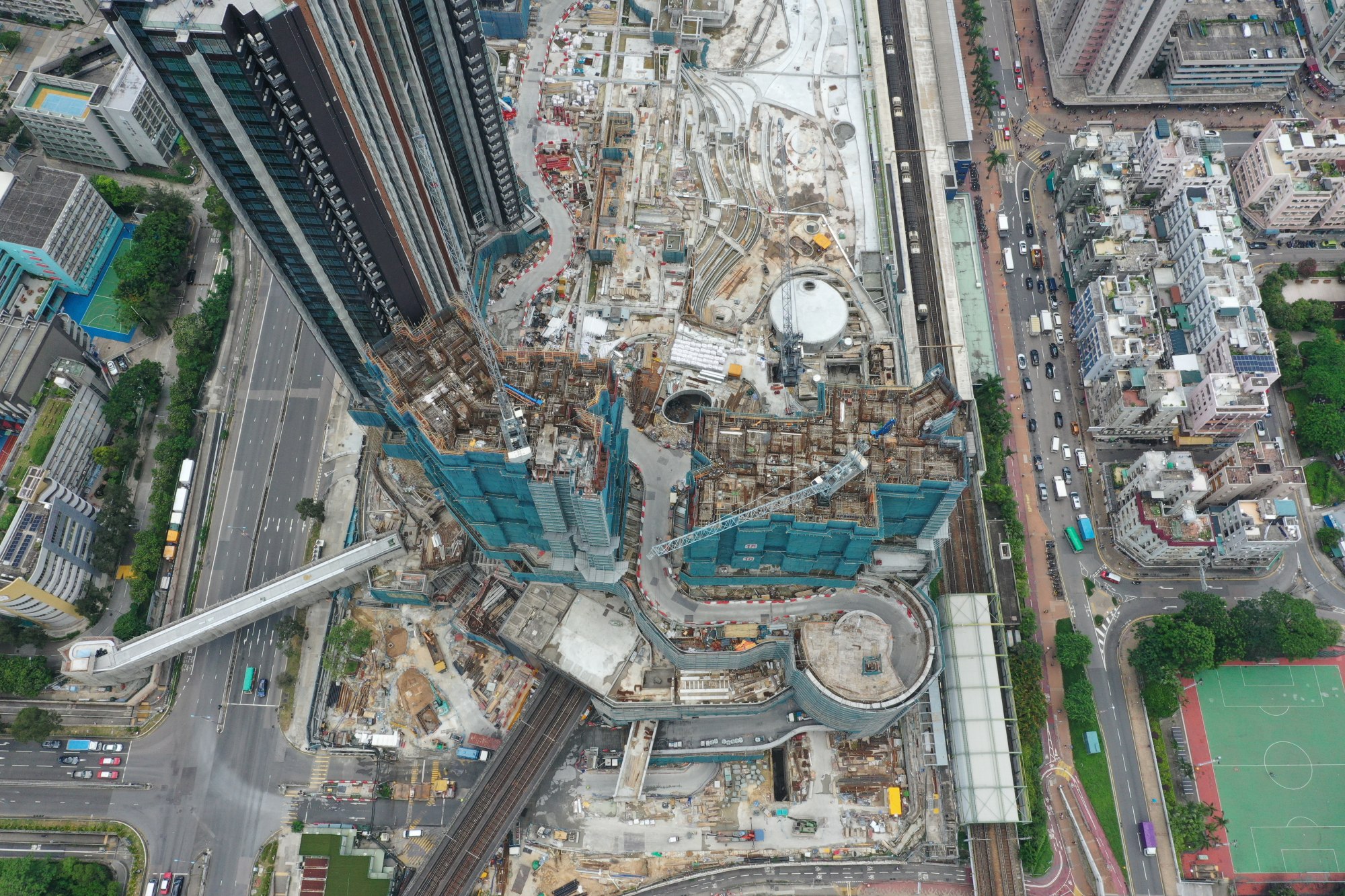
‘Close enough’ isn’t good enough for Hong Kong when it comes to construction safety standards
- Hong Kong’s construction sector has the tools, skills and experience to do high-quality work, so why are there still so many reports of slipshod projects?
- The culprit is the persistent mentality of doing just enough to get by – a mindset the government must help banish from the industry
At best, I knew Hu was portraying a lazy person satisfied with his lack of effort in doing anything. He was ridiculing a widespread cultural mentality at a time when the mindset of “almost is good enough” and “do the minimum to get by” was spreading from one person to another.
It is not uncommon that before a construction tender is awarded, a tenderer will claim they can deliver all the required work as specified, but everything becomes difficult once the contract is confirmed. At that point, Mr Close Enough makes his appearance.
In a best-case scenario, the contractor tests the owner’s bottom line and asks for design and specification changes so the work can be done by easier means. In a worst-case scenario, the contractor fails to follow the requirements while doing the work and doesn’t tell anybody.
These contractors’ objectives are to provide something close to the specifications by the most economical means, to do the least to get by, and to get it done quickly before it could be rejected. This phenomenon is far from uncommon, with similar challenges emerging in many projects.
We now have better tools, better technology and better guidelines and standards. The problem is not a lack of knowledge, skills or experience. Instead, the problem is in the mentality of Mr Close Enough, who makes an appearance when a contracting company makes promises bigger than it can deliver and comes under pressure from the owners and stakeholders. After all, doing things properly may be more time-consuming and costly.
Hong Kong building defects cost more than reputation
There is little incentive for owners or developers to let contractors take their time to finish their work in a capitalist society. However, the quality of the work is also important. This is why good project planning, prudent management, and diligent supervision matter. A successful project demands balancing competing interests – the owner’s time and money versus the contractor’s required resources to deliver the project as intended.
Good management also means that when problems arise – which is almost certain to happen on any construction site – sound, timely decisions are taken to rectify them. This way, we do not continue to pursue the wrong path or fall for the “sunk cost” fallacy, carrying on even when knowingly dealing with a lost cause.

If we do not, the consequences could be severe, as in the HK$2 billion (US$256 million) in extra costs for the Sha Tin-Central rail link. In an extreme example, New World Development decided to tear down and rebuild multiple towers in its Tai Wai residential project while compensating buyers for their losses, losing HK$6.6 billion in market value in the process.
Instead, we should consider much more substantial punishment – such as a sizeable monetary fine, long-term registration suspension or criminal indictment – to make sure similar incidents do no occur again in any public or private projects. This is a long-overdue opportunity for the government to banish a harmful cultural mindset in the construction industry and make a profound statement that “close enough” is simply not good enough.
Dennis Lee is a Hong Kong-born, America-licensed architect with years of design experience in the US and China

